The TikTok ban kicked in on Sunday, as scheduled. This meant that a social media platform used by more than 150 million Americans a day on their iPhone or Android went dark.
But it didn’t stay dark for long.
![What you need to know about the U.S. TikTok ban [Update: It’s back online!] TikTok ban](https://www.cultofmac.com/wp-content/uploads/2025/01/TikTok-ban-1536x864.jpg)
The TikTok ban kicked in on Sunday, as scheduled. This meant that a social media platform used by more than 150 million Americans a day on their iPhone or Android went dark.
But it didn’t stay dark for long.
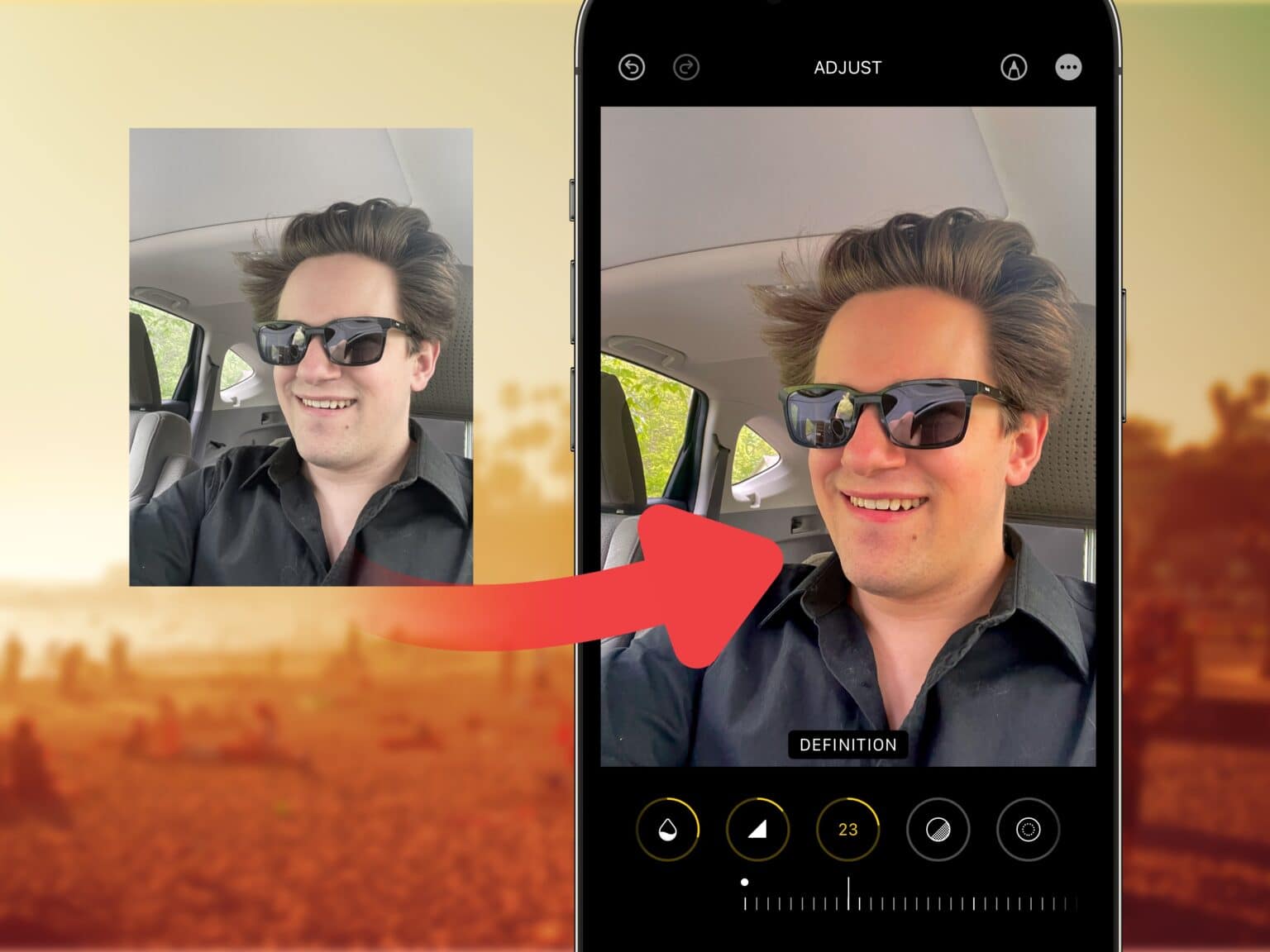
Viral clips on TikTok show how to edit selfies for a more stunning, popping image on your iPhone. I live in a part of Ohio that’s perpetually overcast, but you would think I’m on my way to the beach, given the warm hues this method imparts upon your pictures.
Read on for detailed instructions on how to use TikTok’s winning selfie formula and how to apply the same filters in bulk on all the pictures from a photo shoot. Plus, I’ll tell you about my recommended selfie stick for taking great group shots and landscapes.

The U.S. move toward banning the hugely popular TikTok video service is “hypocrisy.” That’s the opinion of Steve Wozniak, a co-founder of Apple.
He sees no difference between a Chinese company tracking users and U.S. companies doing the same thing.
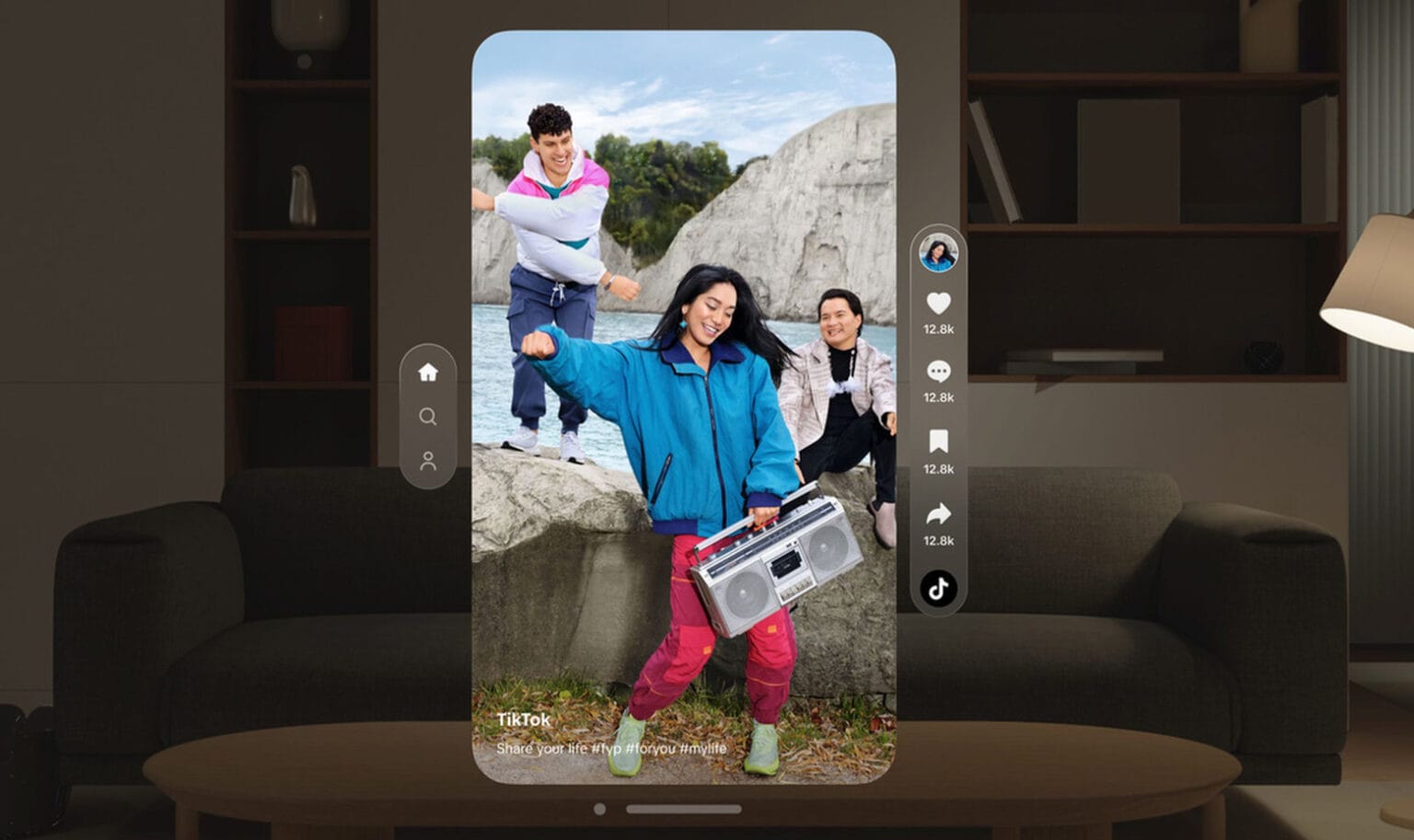
TikTok just outraced some of its biggest rivals by releasing a native Vision Pro application. The short video service that’s become a global phenomenon can now be enjoyed on Apple’s AR headset thanks to the TikTok Vision Pro app.
The head of development for the new app says the company “redesigned the entire TikTok experience.”
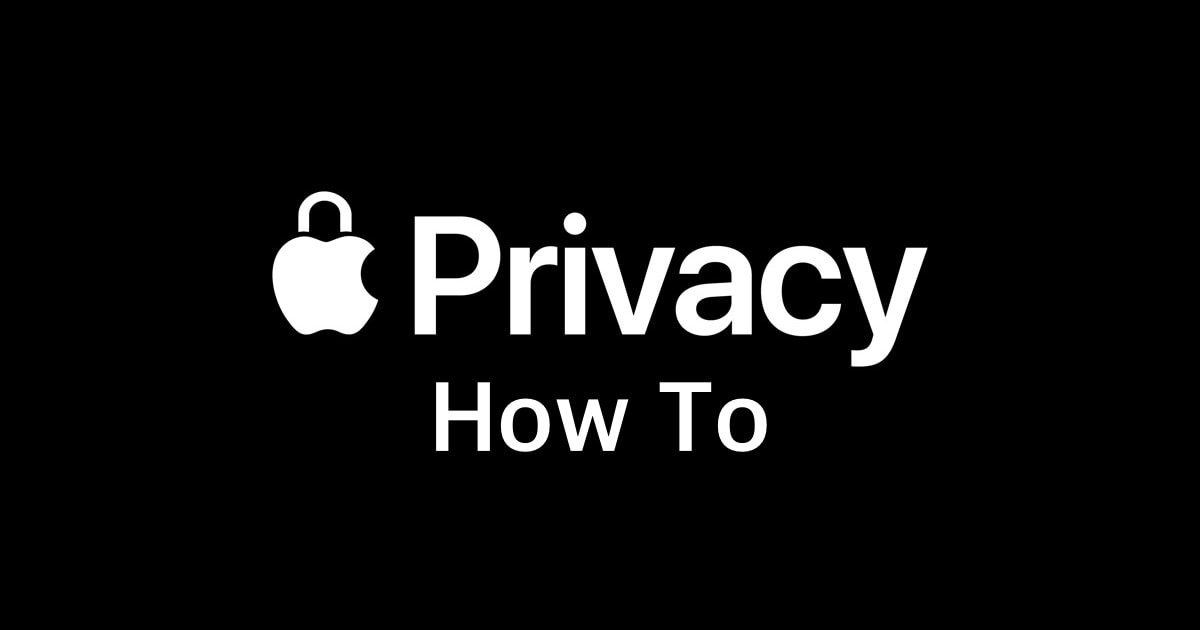
Any time a company sends a push notification to an iPhone, its application can gather information about the user, including their location, according to security researchers. Meta and TikTok reportedly use push notification tracking, and many other companies do it, too.
Fortunately, there’s a simple solution for users to protect their privacy and keep apps from spying on them.

Shazam, Apple’s popular app that can name any song in seconds, added a cool new feature Thursday in version 17.3 — it now works even when you wear headphones.
And that’s true for music playing around you or within apps like Instagram, TikTok and YouTube, Apple said.
![TikTok app finally optimized for iPad [Awesome Apps] TikTok for iPad in Landscape](https://www.cultofmac.com/wp-content/uploads/2023/12/TikTok-for-iPad-2-1536x864.jpg)

The TikTok application just got a major revamp for iPad users. And that includes both portrait and landscape orientations.
It’s a significant change for an app that previously emphasized handsets well ahead of every other device.
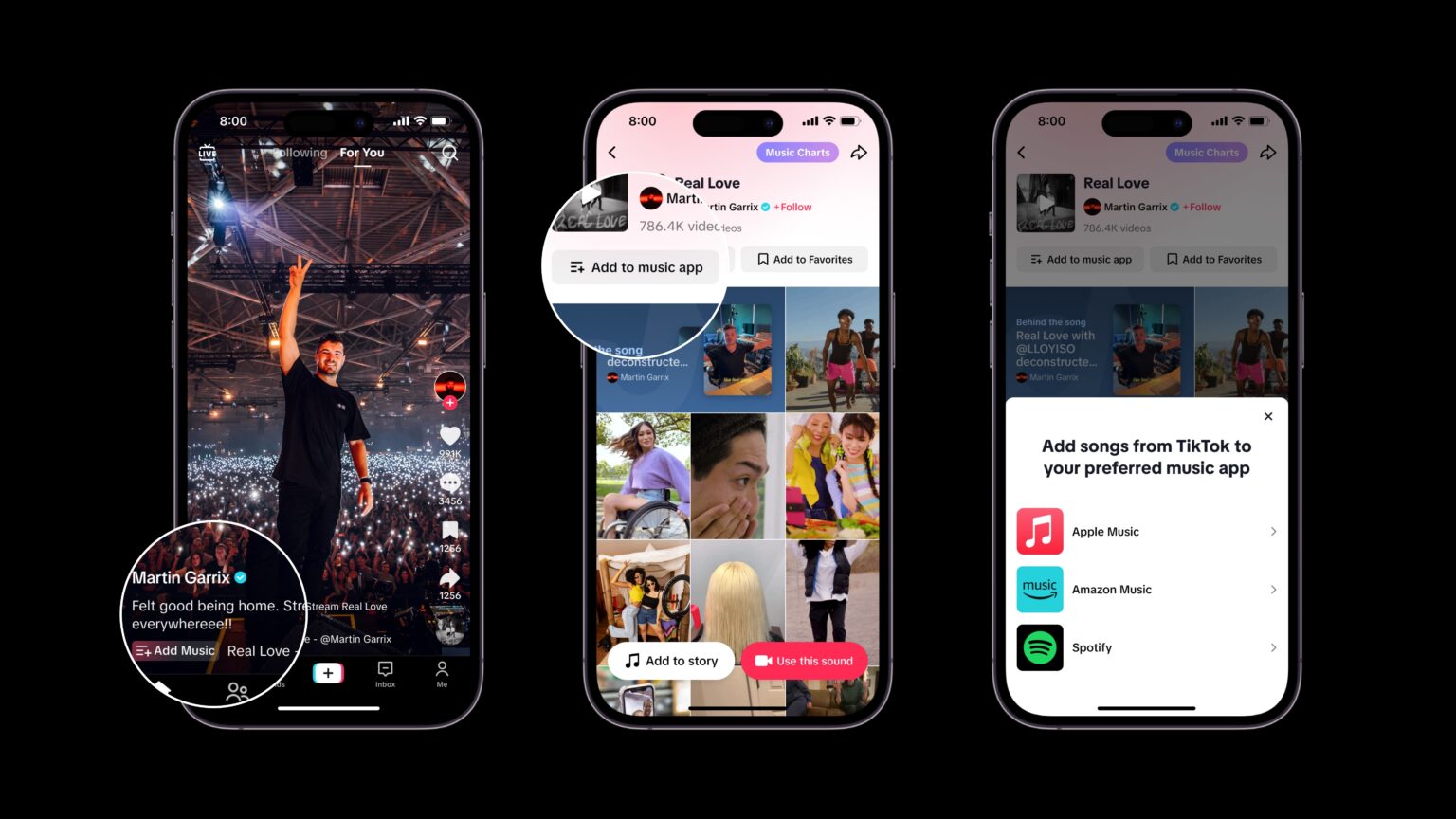
Even if you only hear a snippet of a tune on TikTok, now you can add the whole song directly to Apple Music or another music-streaming service.
TikTok’s new Add to Music App launched Tuesday in the United States and the United Kingdom. It works with Apple Music, Spotify, Amazon Music and other music streamers.
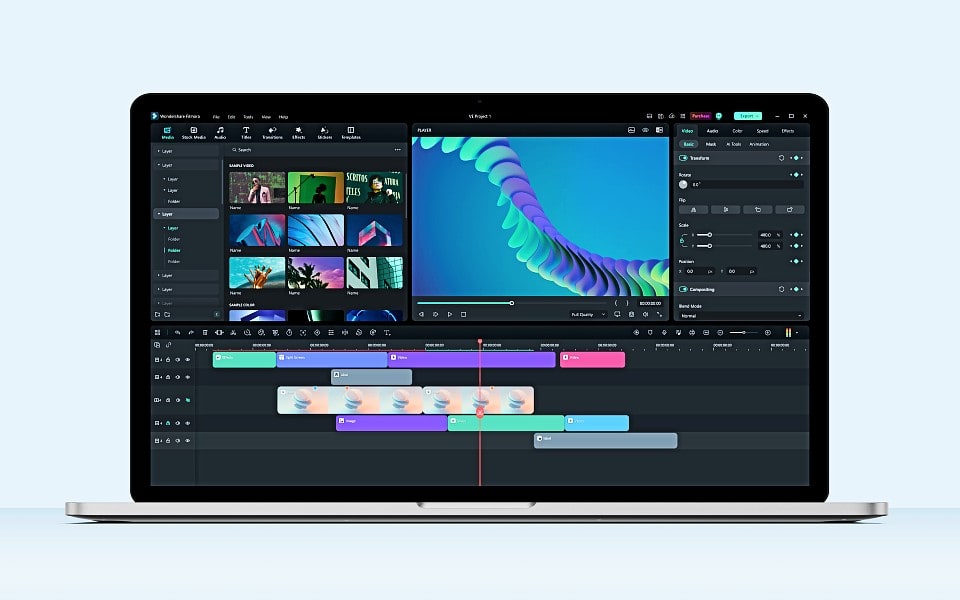
If you create content for YouTube and TikTok, you know the quality of your video is key to getting your work noticed. But not just anyone can make great videos — unless they have the right tools. One of the best tools you can use to easily put your creativity to work making videos quickly is Wondershare Filmora.
What makes it great? Anyone at any skill level can use Filmora to import and edit video, add special effects and transitions, and share the finished product. And the new version of the software, Filmora 12, adds more than a dozen great new features.
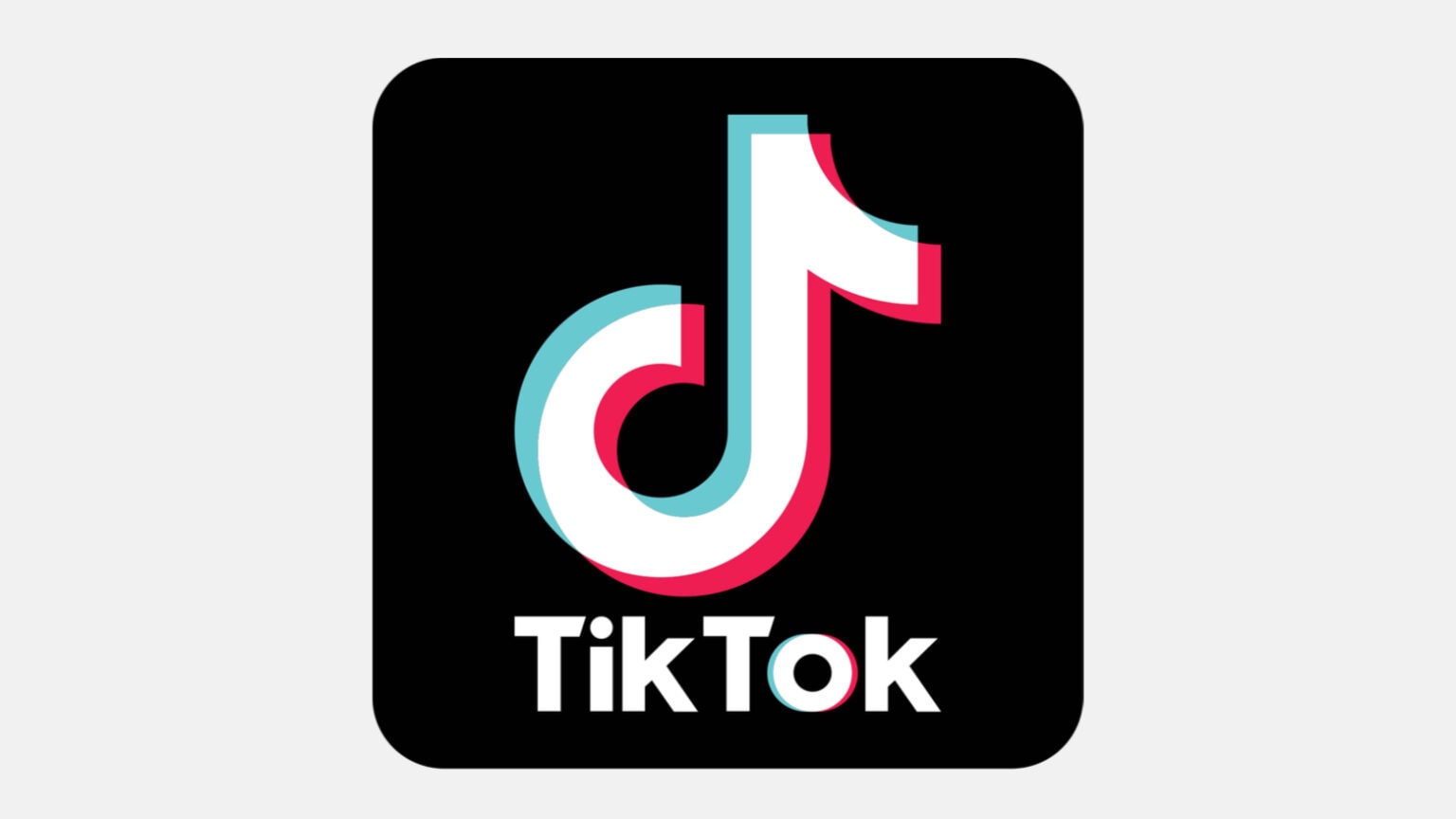
The web browser built into the TikTok iPhone app can monitor your keystrokes. A developer who researched the software called it “the equivalent of installing a keylogger,” and warns that it can potentially grab passwords and credit card info.
A similar warning went out recently about the browsers built into Facebook and Instagram.
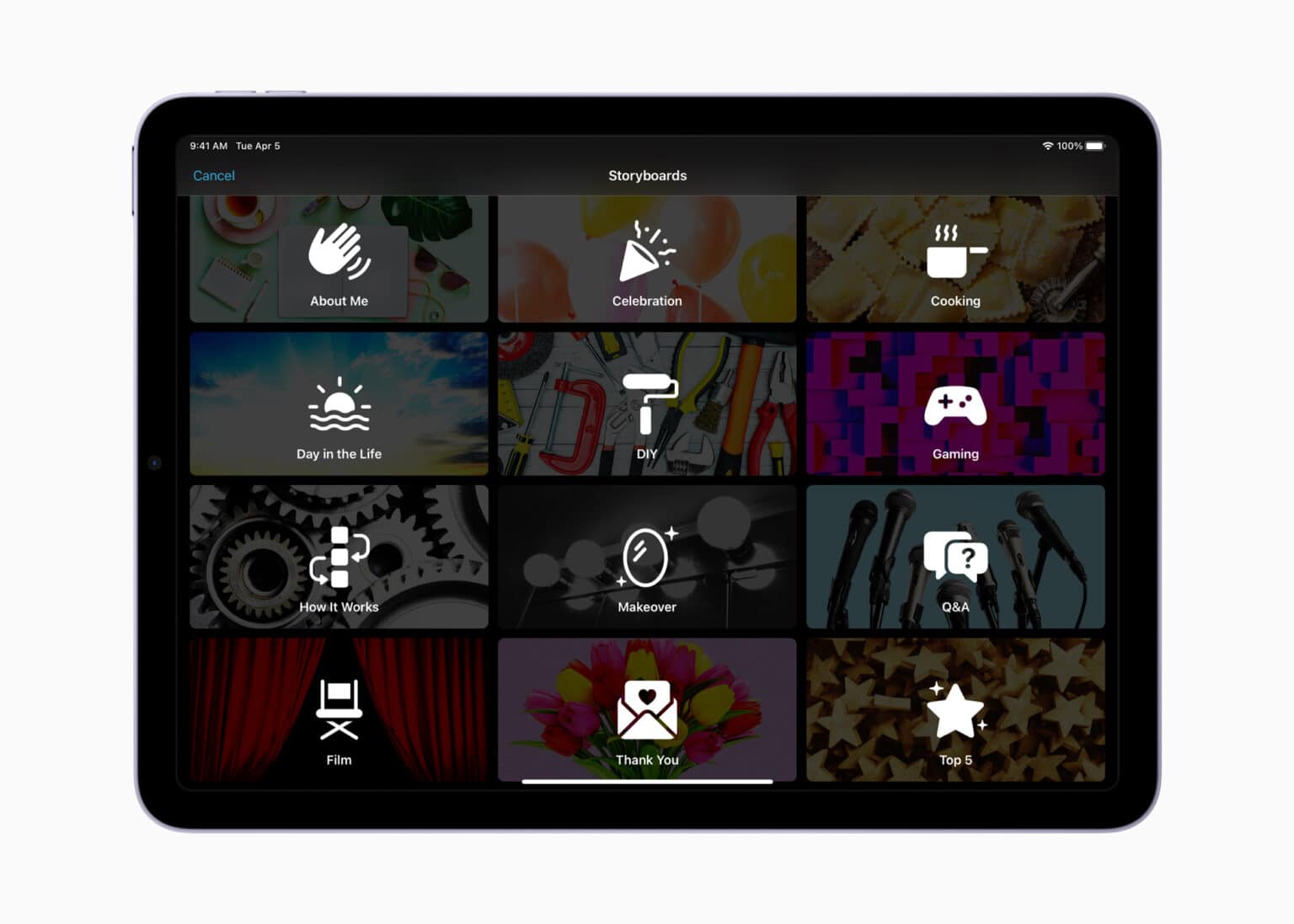
iMovie has long been Apple’s default tool for creating quick, gorgeous videos on your iPhone or iPad. With Tuesday’s update to iMovie 3.0, Apple added a pair of new creative tools designed to help “aspiring content creators and moviemakers learn to edit and improve their video storytelling skills.”
The ultimate goal? To make creating compelling videos easier than ever.
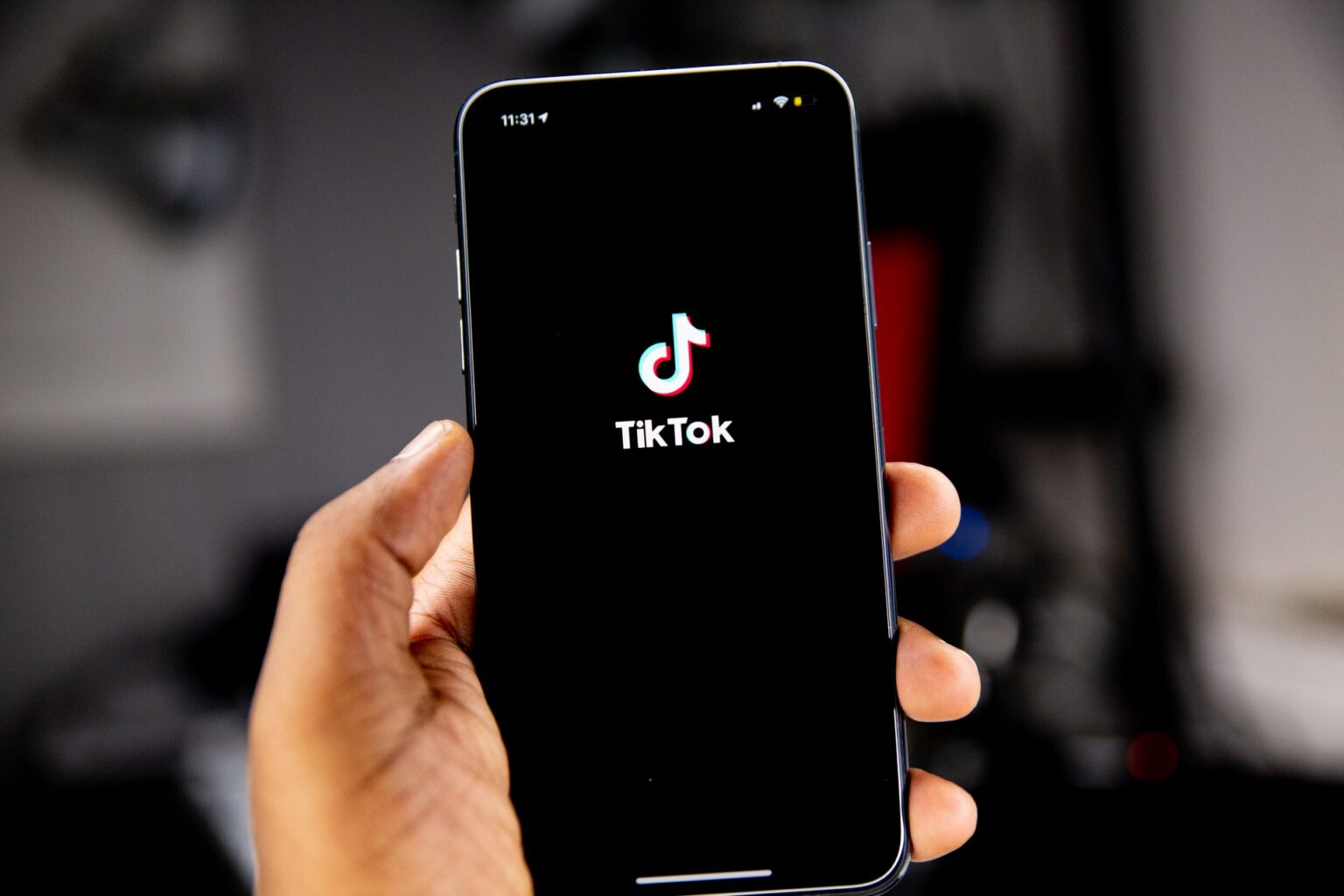
Don’t you just hate it when you accidentally refresh TikTok and lose the video you were watching? It can be incredibly difficult to track down the video again if you don’t know which account posted it. But a solution could be on the way.
TikTok is finally testing a new “watch history” feature where you’ll find all the clips you’ve recently consumed. It’s only available in the beta version of the TikTok app for now — but it could soon roll out to everyone.
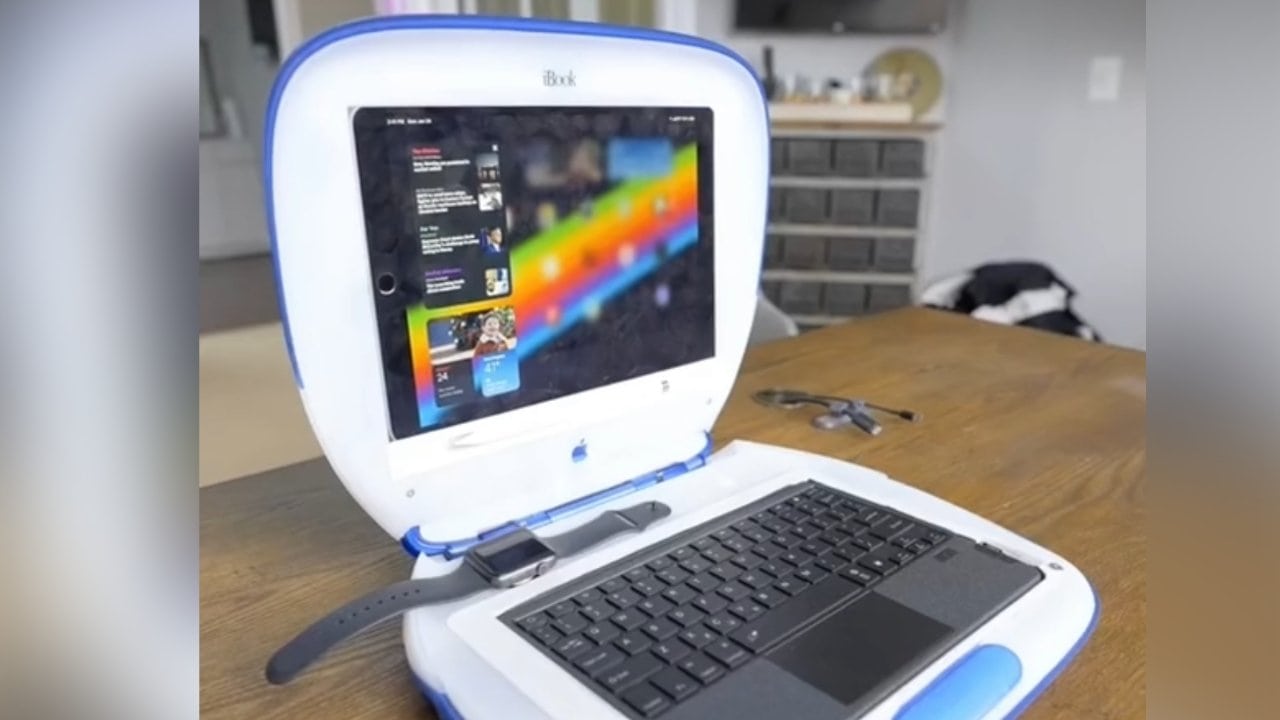
Apple users do the darnedest things with old gear. Recently a guy stuck a USB-C port in an iPhone X and got $86,000 for it on eBay. We profiled a Romanian developer who designs games for souped-up vintage Macs. Then there was the guy who merged an M1 Mac mini with an iMac G4.
And now we find a clever TikTok user crafting a retro-cool iPad case with an Apple Watch charger out of a classic iBook G3 laptop.
![TikTok Boom tells how video-sharing app blew up the App Store [Q&A] TikTok continues to dominate the App Store in 2020.](https://www.cultofmac.com/wp-content/uploads/2020/07/TikTok-most-downloaded-1536x1024.jpg)
TikTok is big. Almost unfathomably enormous, actually. The product of Chinese parent company ByteDance, the social media video-sharing app has remained a fixture at the top of the App Store charts for more than a year now — with no sign of it losing that position any time soon.
Journalist Chris Stokel-Walker is the author of a new book, titled TikTok Boom: China’s Dynamite App and the Superpower Race for Social Media. It launches today in Europe and worldwide, with a US launch coming September 30.
Stokel-Walker spoke with Cult of Mac about what makes TikTok, well, tick, the app’s face-off with Donald Trump, and why it’s no longer exclusively an app for teens to show off their dance moves.
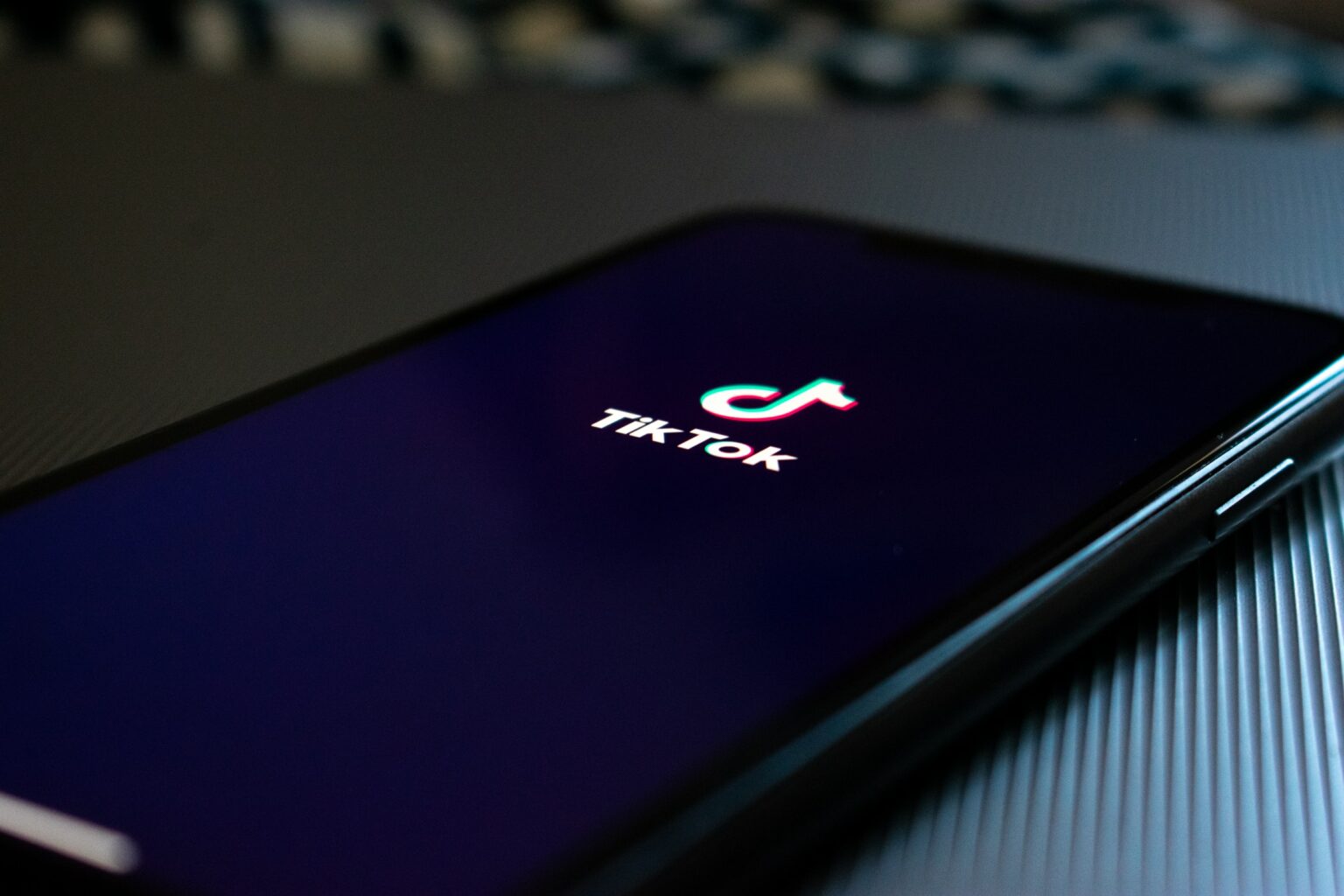
President Biden signed an executive order Thursday that reverses Trump’s attempts to force TikTok’s developer ByteDance to sell the wildly popular app to American companies. But Biden doesn’t take the pressure off it and other Chinese-made apps. He’s just no longer singling out TikTok.

TikTok has completed yet another victory lap as the most downloaded, non-gaming title in the App Store, this time for the month of May. According to app analytics platform Sensor Tower, TikTok enjoyed more than 80 million monthly installs across both iOS and Android that month. This time, Brazil was the no. 1 market for TikTok, followed by China, where the app is called Douyin.
On iOS, TikTok was followed by YouTube in second place, then Instagram, then video editing app CapCut, then WhatsApp, Facebook, Zoom, Messenger, Google Maps, and Gmail rounding out the rest of the top 10.

A simple copy-and-paste app called Paste Keyboard shot to the top of the App Store charts this week after languishing in obscurity for years.
Made by 28-year-old South Korean developer Techin Park, the keyboard app hitched a ride on TikTok’s massive success — and then dethroned it as the most popular app in the United States.
“Everyone is curious how such [a] simple idea, copy and paste, has trumped the almighty TikTok in app rank,” Park told Cult of Mac. “Copy and paste is a feature we all use at least once daily. Not many think it’s special. But in reality, increasing efficiency [when it comes to] how we copy and paste can save a lot more of our time than we possibly think.”
And, apparently, score you crazy numbers of downloads, too.

Zhang Yiming, CEO and co-founder of TikTok maker ByteDance, has announced that he will step down from his role leading the company. Co-founder Liang Rubo, currently the company’s head of human resources, will replace him in the role. Zhang, 38, will instead focus on “long-term strategy” for the company.
TikTok has enjoyed a period of one year at the top of the App Store as the most popular non-gaming app on the platform. However, it’s also seen its fair share of challenges during that time — most notably in the U.S. when former President Trump labelled it a threat to national security.
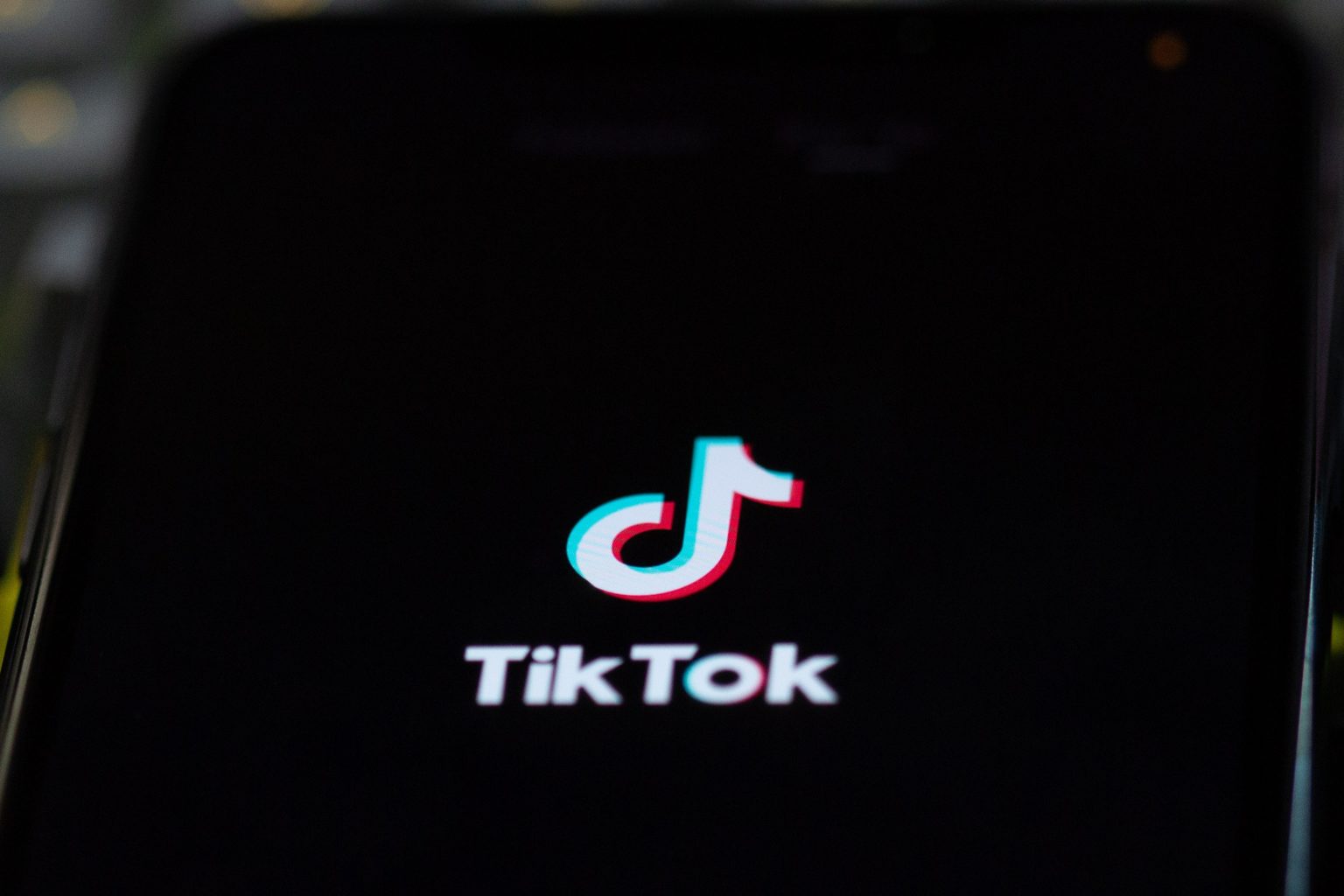
TikTok enjoyed another month atop the App Store in April, according to a new report from app analytics platform Sensor Tower.
It received a massive 59 million installs that month, across both iOS and Android. That’s ever so slightly up from March, when it racked up just over 58 million downloads.

TikTok topped the App Store charts for another month as the top non-gaming app worldwide. Across both iOS and Android, the popular video-sharing app racked up more than 58 million installs.
The No. 1 audience for TikTok is China, where the app is called Douyin. China accounted for 11% of downloads, followed by the United States with 10%.
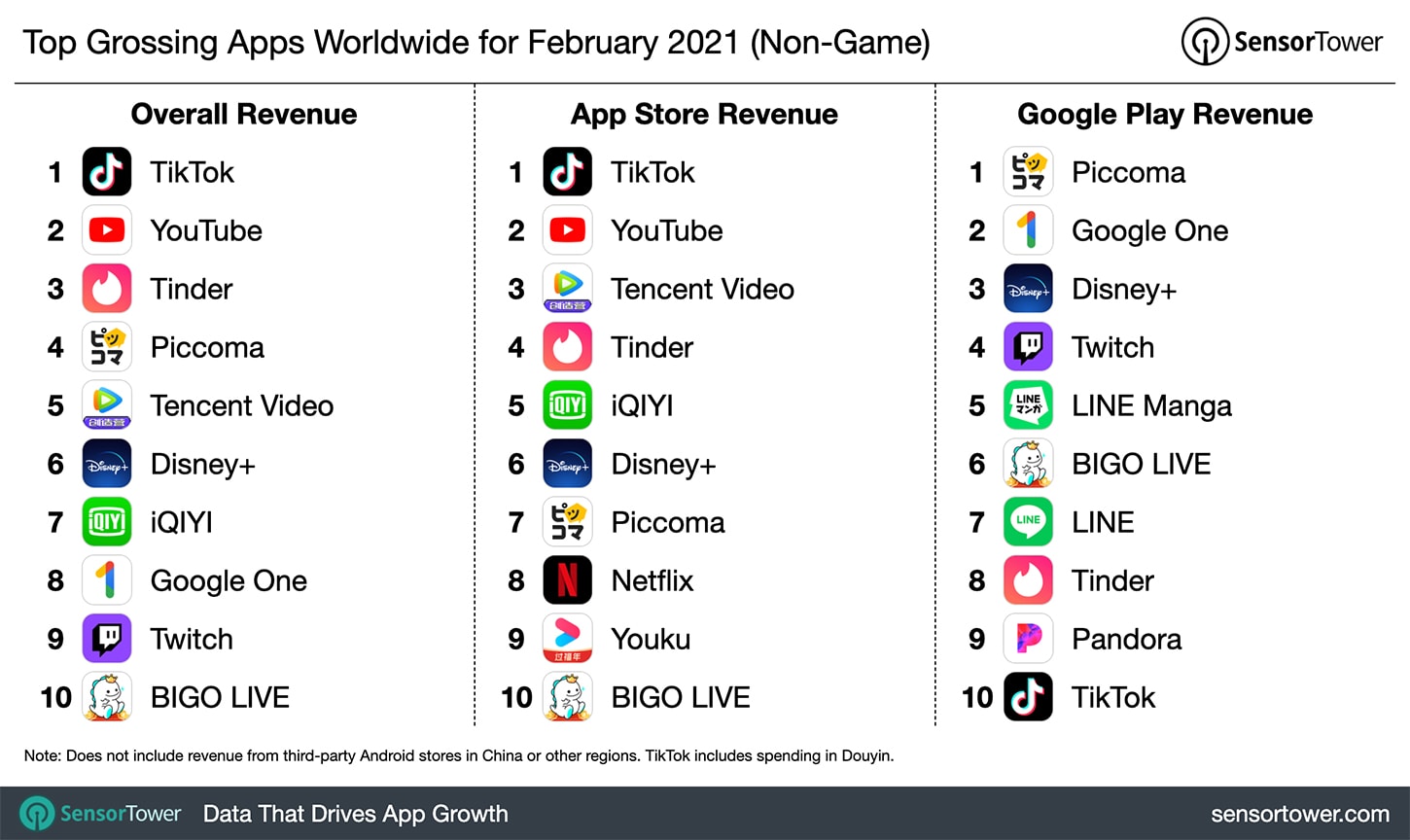
TikTok has cemented itself at the top of the App Store for yet another month, showing the seemingly unassailable dominance of the video-sharing app. According to app analytics platform Sensor Tower, TikTok was the top-grossing, non-gaming app worldwide for February 2021.
For the month, it raked in more than $110 million in user spending across both iOS and Android. That’s approaching twice what it earned in revenue that month last year, although marginally down from the $128 million it pulled in back in January.

The forced sale of TikTok’s American operations to a group of U.S. buyers including Walmart and Oracle has been indefinitely postponed, The Wall Street Journal reports.
TikTok became a major target of former President Donald Trump, who claimed the Chinese-owned video-sharing service posed a security risk. However, it seems that President Joe Biden’s administration is not so dead-set on banishing the super-popular app from the United States.
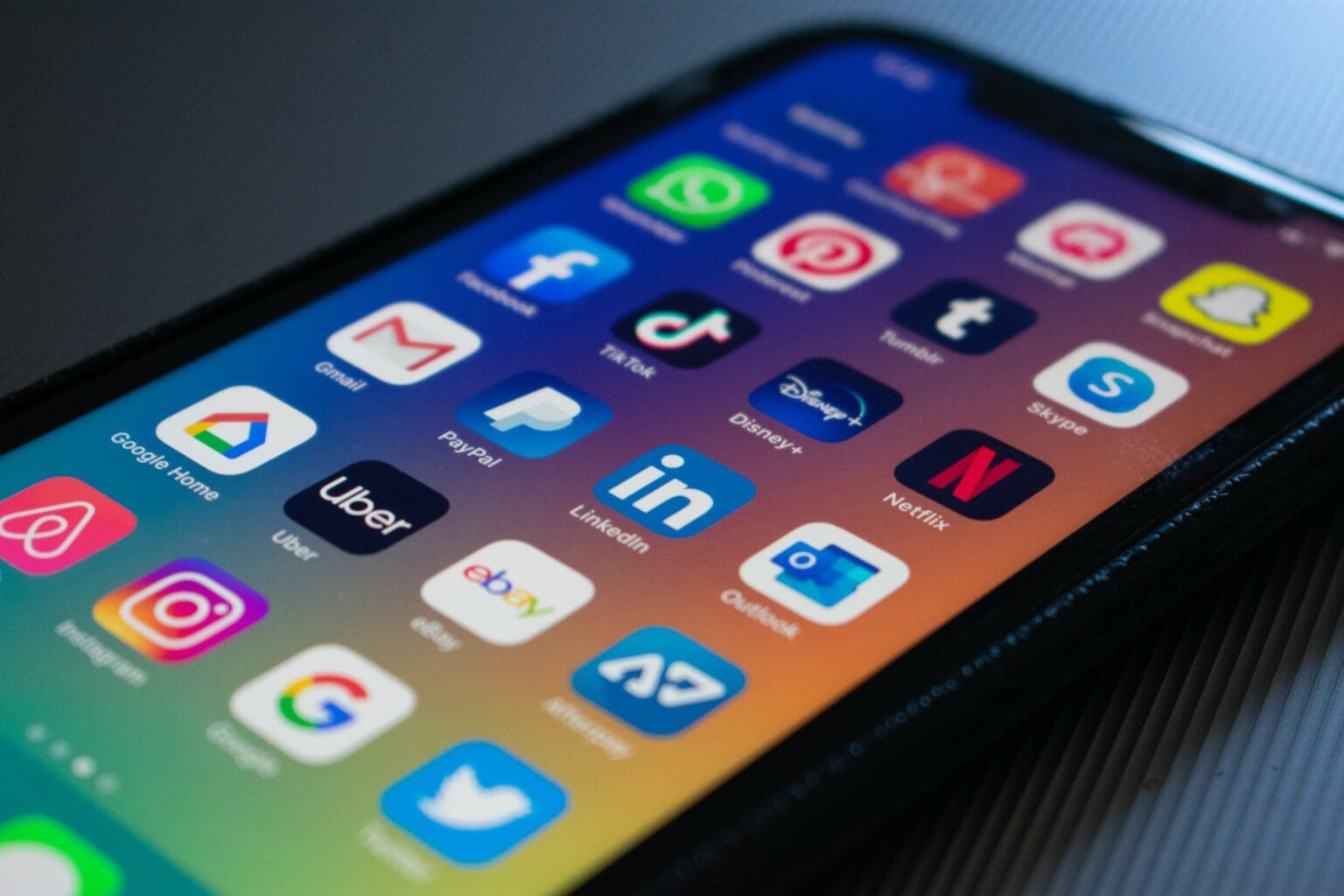
TikTok is off to a great start in 2021, as app analytics platform Sensor Tower notes that it was the top grossing, non-gaming app worldwide for January. In total, users spent $128 million on TikTok during the month, an increase of 3.8x in revenue from January last year.

TikTok, the ultra-popular short-form video app, finished 2020 on a high note as December’s top-grossing non-gaming app. According to app analytics platform Sensor Tower, TikTok pulled in $142 million that month across iOS and Android.
That’s 3.3 times the revenue TikTok produced in December 2019. The overwhelming majority of this money (86%) came from China, where TikTok is known as Douyin. The United States ranked second for TikTok spending, accounting for 7% of revenue.
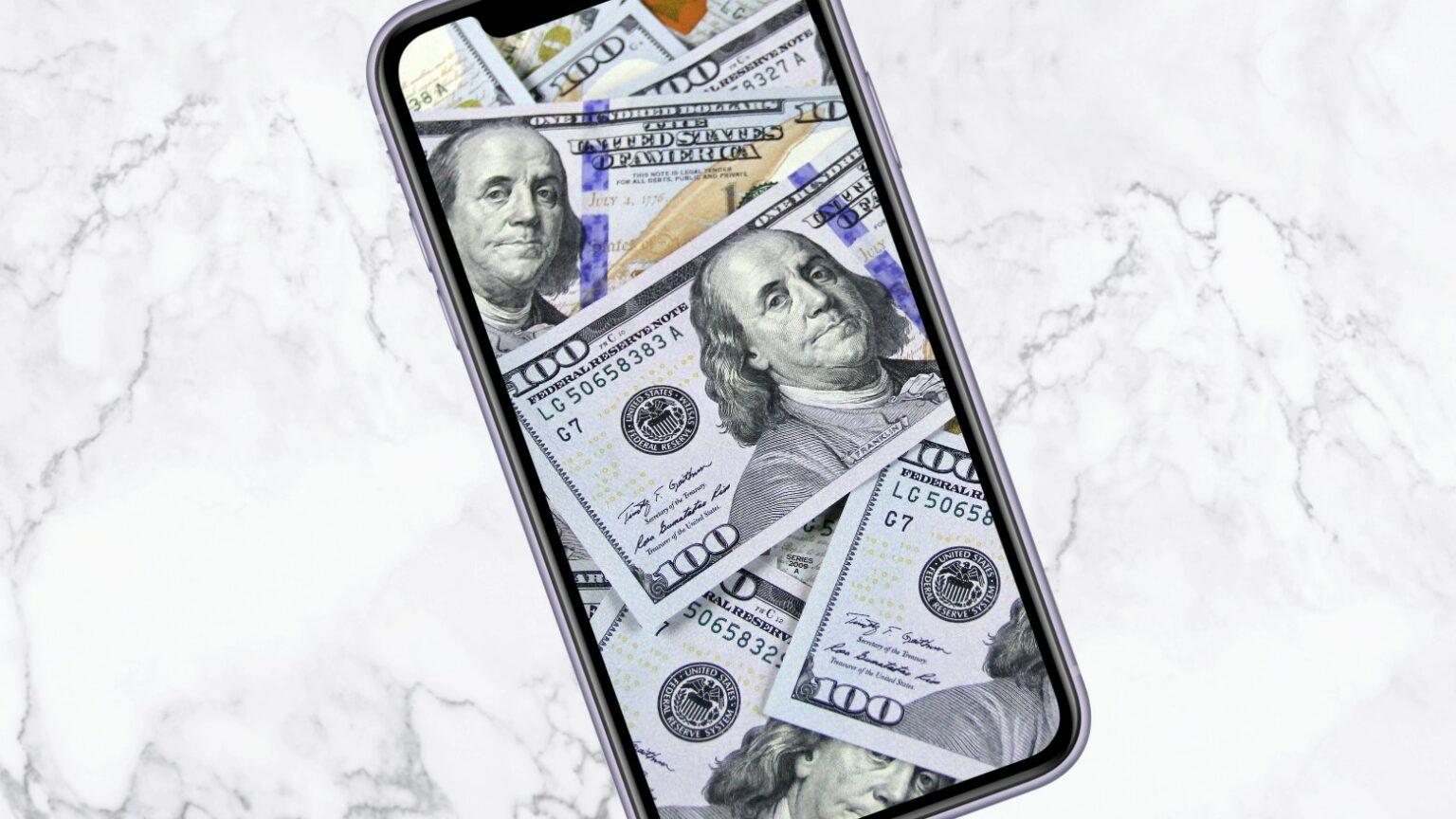
What pandemic? According to a new report from app analytics firm Sensor Tower, global spending on mobile apps across both iOS and Android hit an astonishing $111 billion in 2020. That’s a massive 30% growth from 2019.
The overwhelming spend — $72.3 billion — was on iOS, despite the larger number of Android devices. Google Play revenue, meanwhile, came in at $38.6 billion. Both app stores showed approximately the same level of growth over the year.